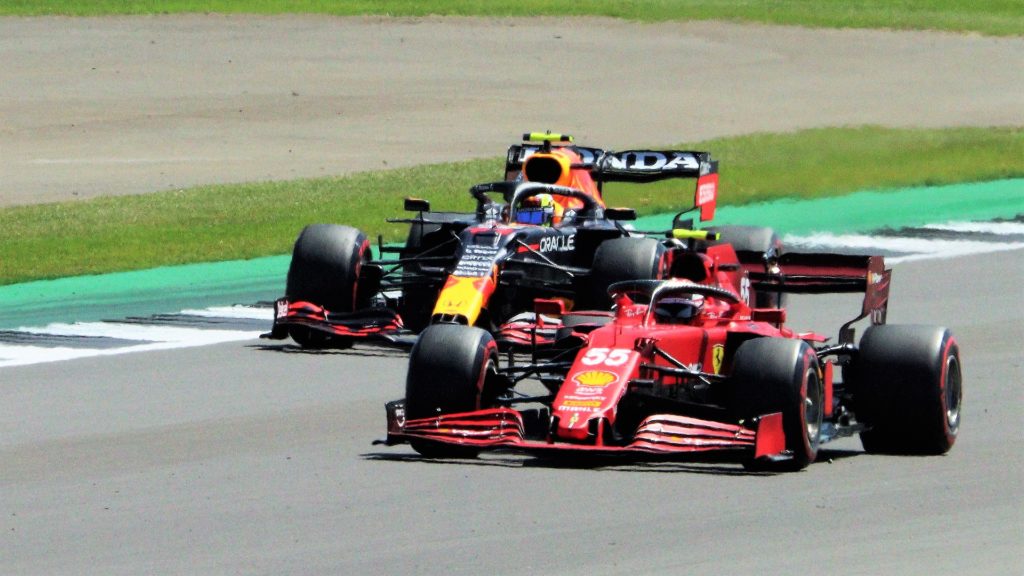In an F1 race, every move is calculated. Even a fraction of a second saved in the pits may add up to significant points on the F1 track. To accomplish this, each duty must be straightforward and effective. However, achieving outstanding performance for F1 teams is no easy process. It necessitates a sizable budget and a well-paid R&D team, and, most crucially, a management team with a positive vision and attitude.
So, how straightforward is it? You will be the one to decide
The technological race in Formula 1 is a multimillion-dollar competition between ten Formula 1 teams, and it extends beyond the 20 cars on the grid and even the fans. In truth, there’s a lot more at risk here than just lap times and race wins.
Car manufacturers do everything they can to be in pole position (first place at the start of a race), but we didn’t realize there were other reasons for them to invest so much in getting there, like making sure their best free bets sponsors are happy. It’s not simply a race to be the best manufacturer, the best tech manufacturer; it’s a race to be the best manufacturer, the greatest tech manufacturer.
When the Formula One team faces a technological difficulty, they devote all of their resources to solving it, and the result is typically copied by other businesses facing similar challenges. The car business adopted several innovations from the racing world, particularly Formula One. Many innovations from Formula One racing have been used to better the cars we see on the road today.
Transmission
Automatic gearboxes are used by the majority of drivers in the United States, which sets cruising around town apart from a hard-shifting lap on a Formula One track. However, the function of a transmission in both a race vehicle and a road automobile is the same: it transfers engine power to the wheels. Manual transmission allows the driver to regulate the flow of power from the engine to the wheels, whereas an automatic transmission swaps gears without any input from the driver (other than the initial selection of Drive). Race car drivers desire manual gearbox control, but the procedure can be sluggish and prone to human mistakes.
Suspension
Suspension is one area where racing technology has almost immediately translated to production cars. In car racing, having all four tires in contact with the track is ideal. This improves the car’s stability and ensures that all of the engine’s power is used to propel the vehicle forward. Race cars, like most production automobiles, have independent suspensions. Each wheel may move independently of the other wheels, thanks to these suspensions.
Multi-link suspensions are used in Formula One cars, while MacPherson struts are used in NASCAR cars. Both types of suspension are available on a variety of production vehicles. Formula One suspension is not the same as suspension adjustment on your own car. The suspension in a race car must keep the car stable during turns that generate more force than a production car can withstand and extreme acceleration and stopping. Before you run out and change your suspension to match the capabilities of a race vehicle, keep in mind that your automobile also has specialized suspension adjustments: it’s set to balance comfort and performance. Most race vehicle suspensions aren’t designed with comfort in mind.
Tires
Most drivers don’t give their tires much thought until they have a flat. That’s a shame because tires are what keep the car connected to the road and the driver in charge. Car racing teams are well aware of this. That’s why they race on high-performance tires designed specifically for their kind of racing. Technology from those specialty tires has made its way into mass-market vehicles.
Your car’s tires certainly have grooves in them, as you’ve already noticed. These groves allow water, snow, and slush to be channeled away from the car by the tire. The grooves on off-road or all-terrain tires are likely to be very deep, and the rubber is likely to be highly rough. This type of tire provides the car with teeth to grip uneven or slick surfaces. If you drive a sports car, you’ll notice that the tires have fewer grooves and shallower grooves. As a result, more of the tire’s rubber remains in touch with the road, improving the car’s handling. Racing was responsible for all of these breakthroughs and the development of several tire kinds.
Safety
F1 racing is all about breaking records, risky driving, limitless power, and – the world’s most modern safety equipment. That is correct. Car racing necessitates extraordinary safety as well as great performance. Fortunately for those who aren’t racing car drivers, safety technology is also included in our everyday vehicles. It’s so intertwined that you might not even think about auto racing when you think of it.




Pingback: Production Car Racing : From Race Car to Road – F1 Tech Found Its Way into the Cars We Drive Today - TechSpective - K레이서97